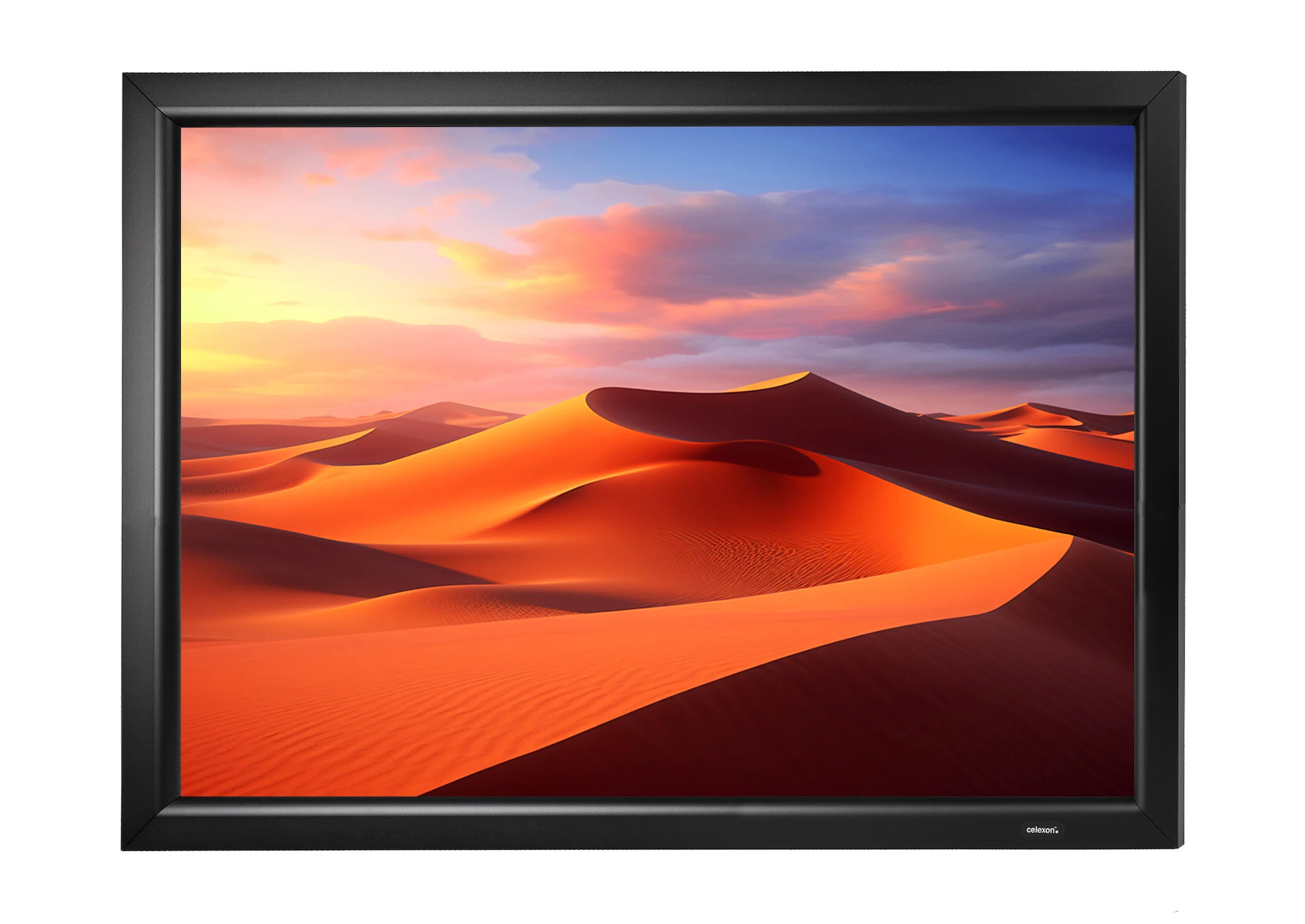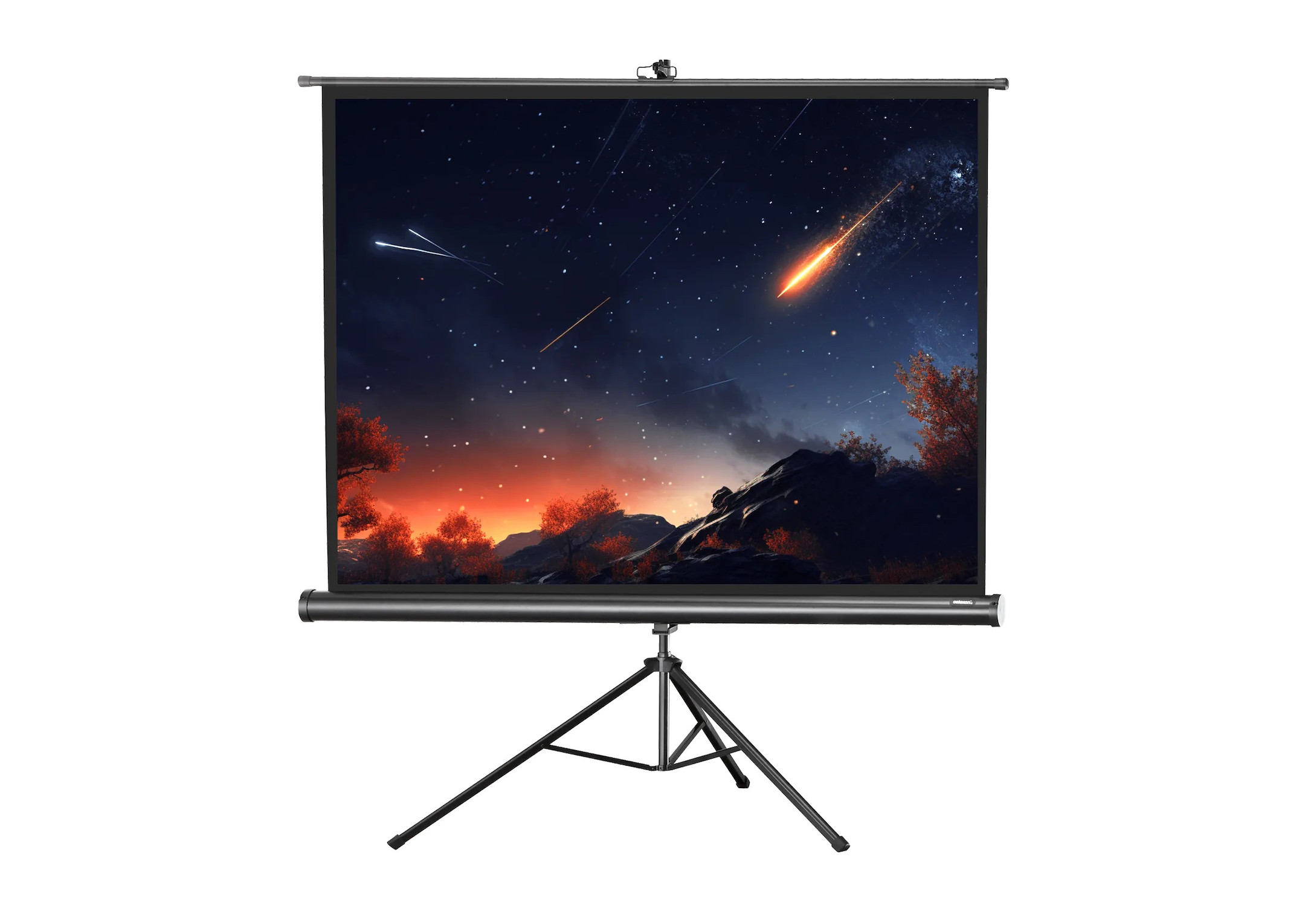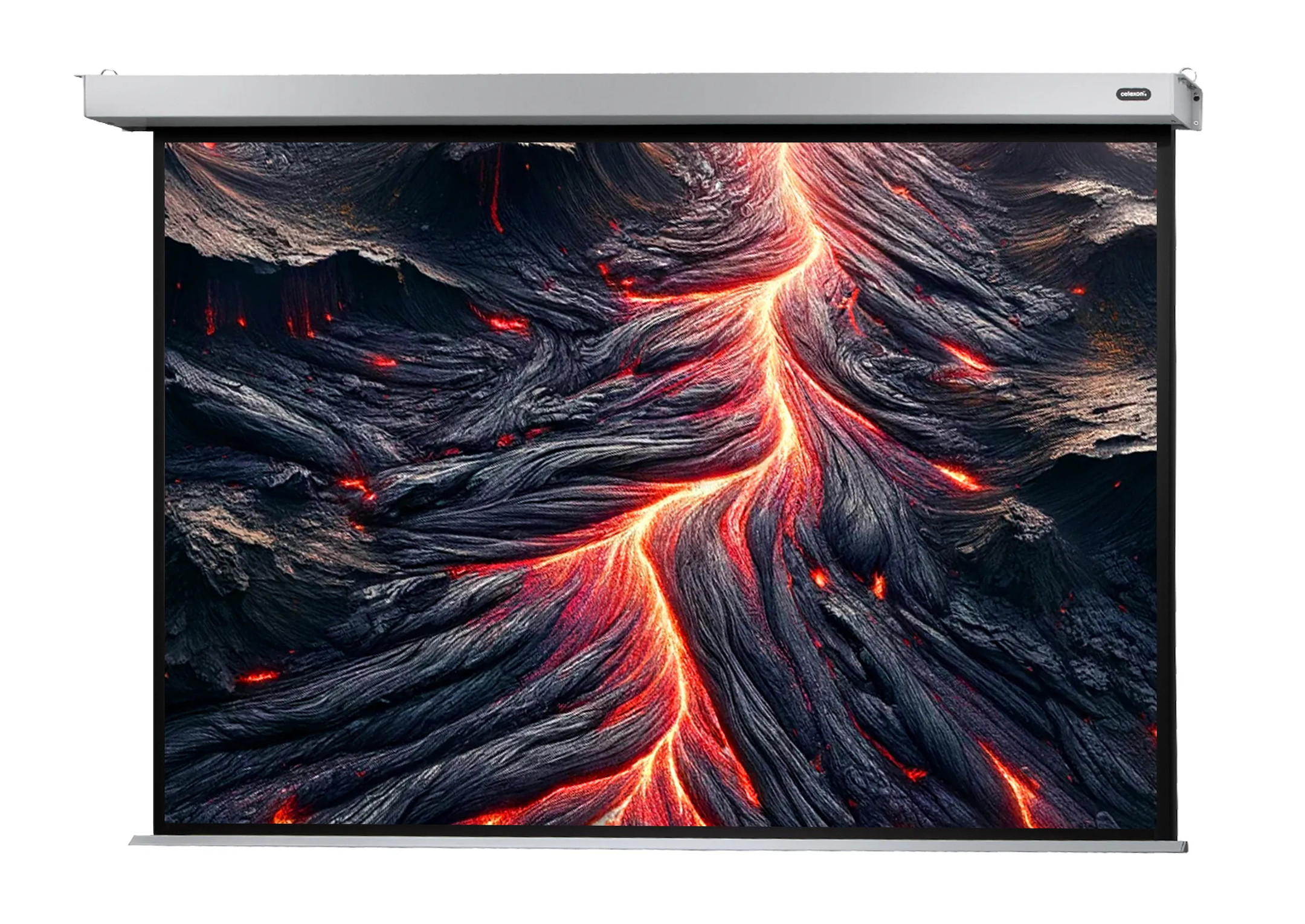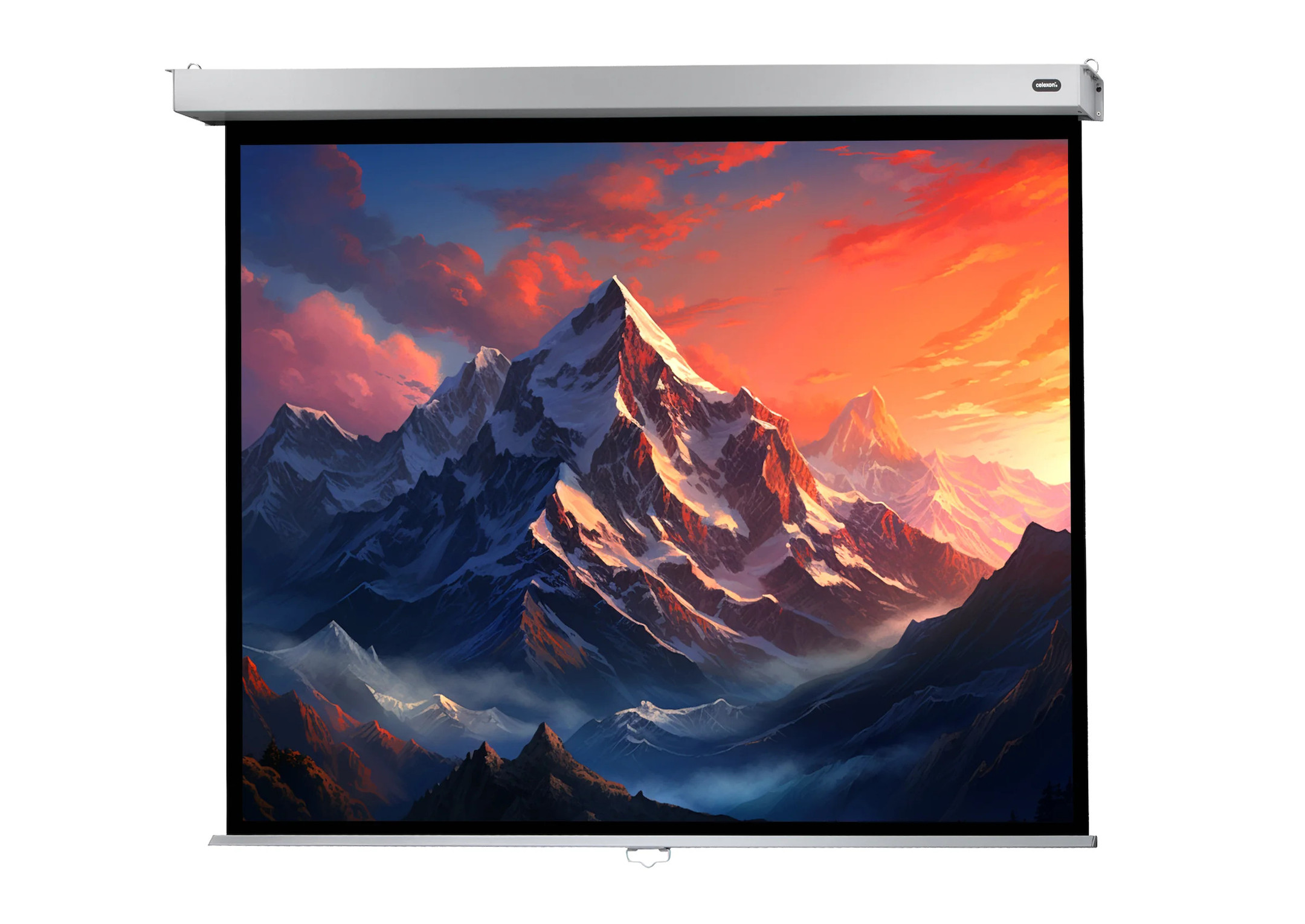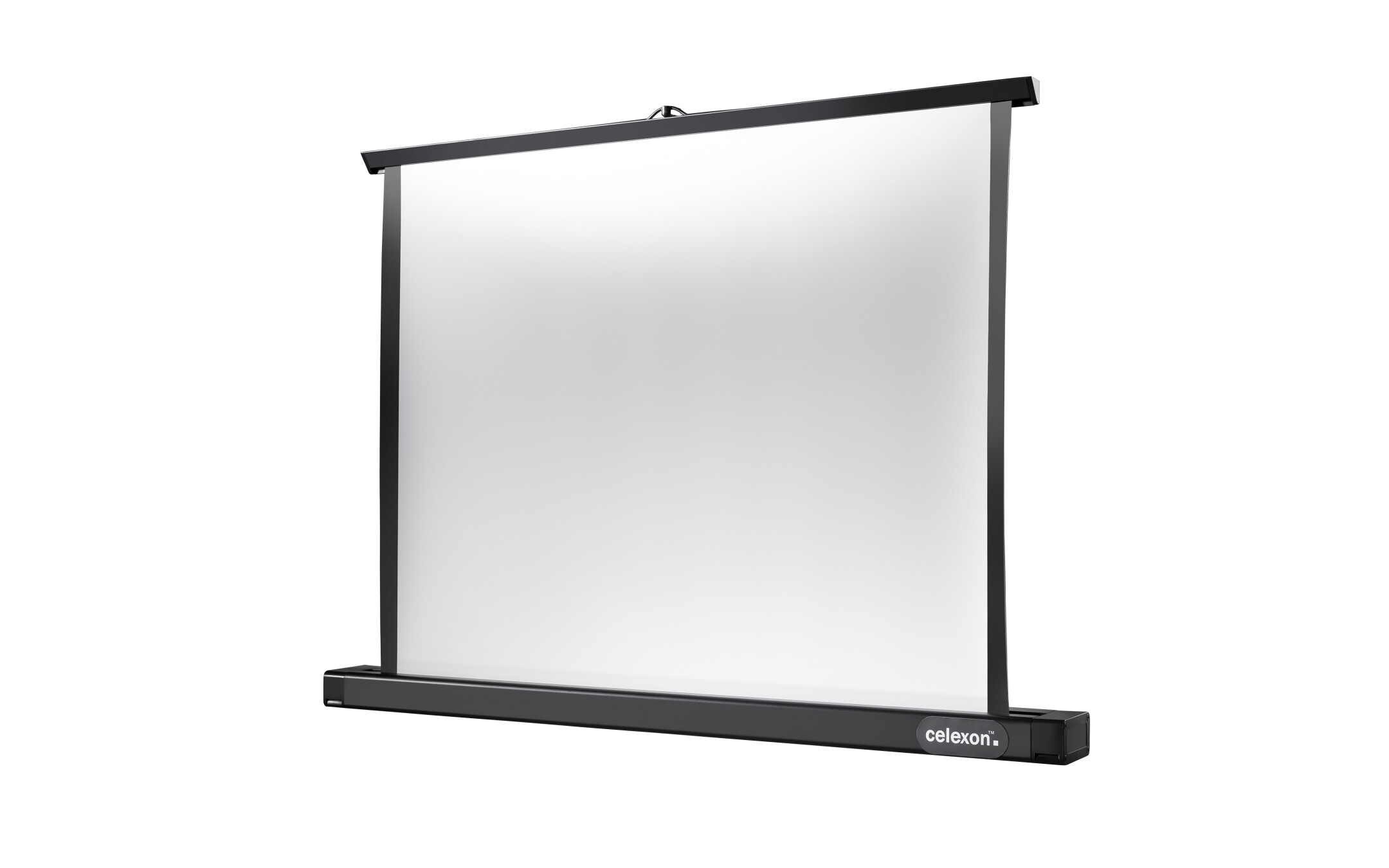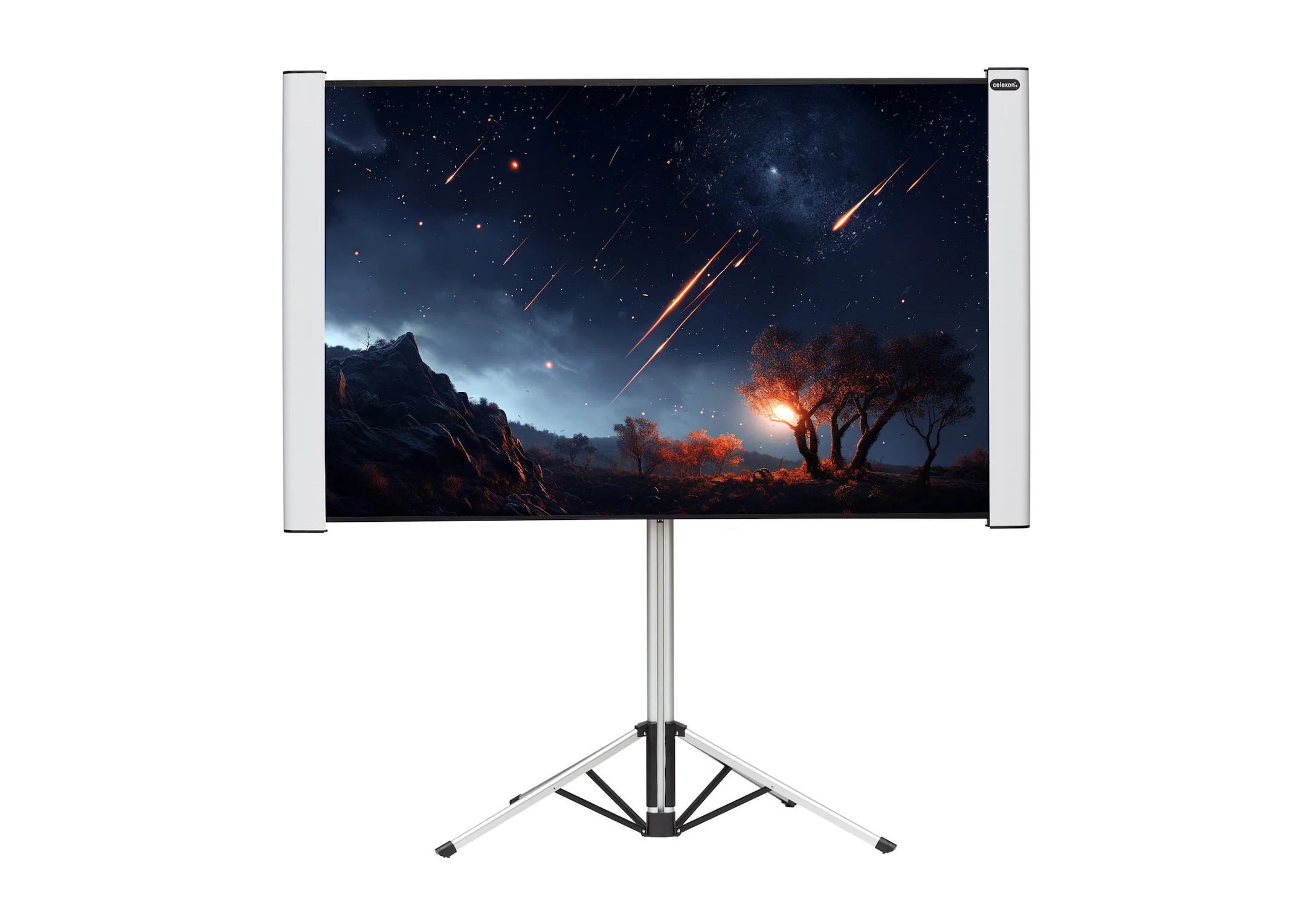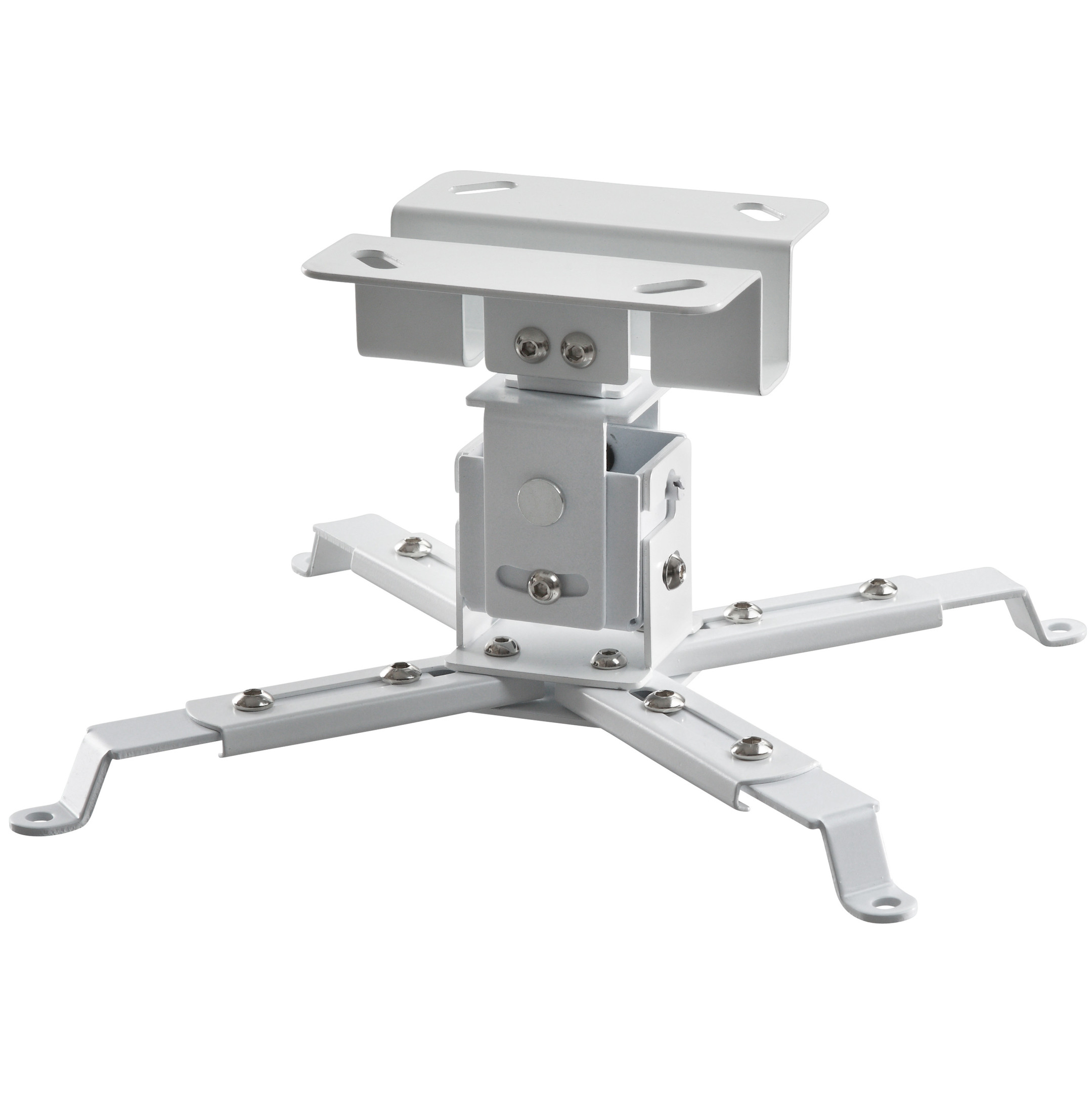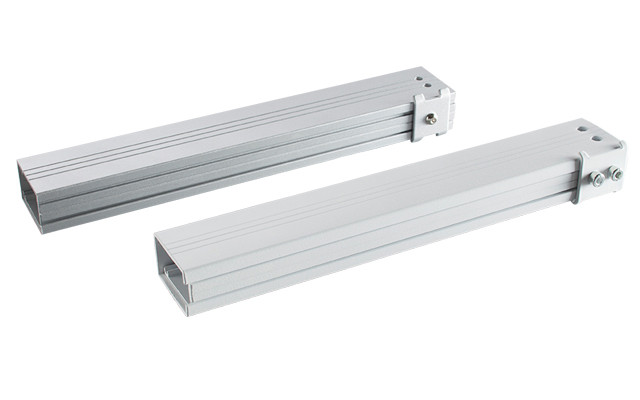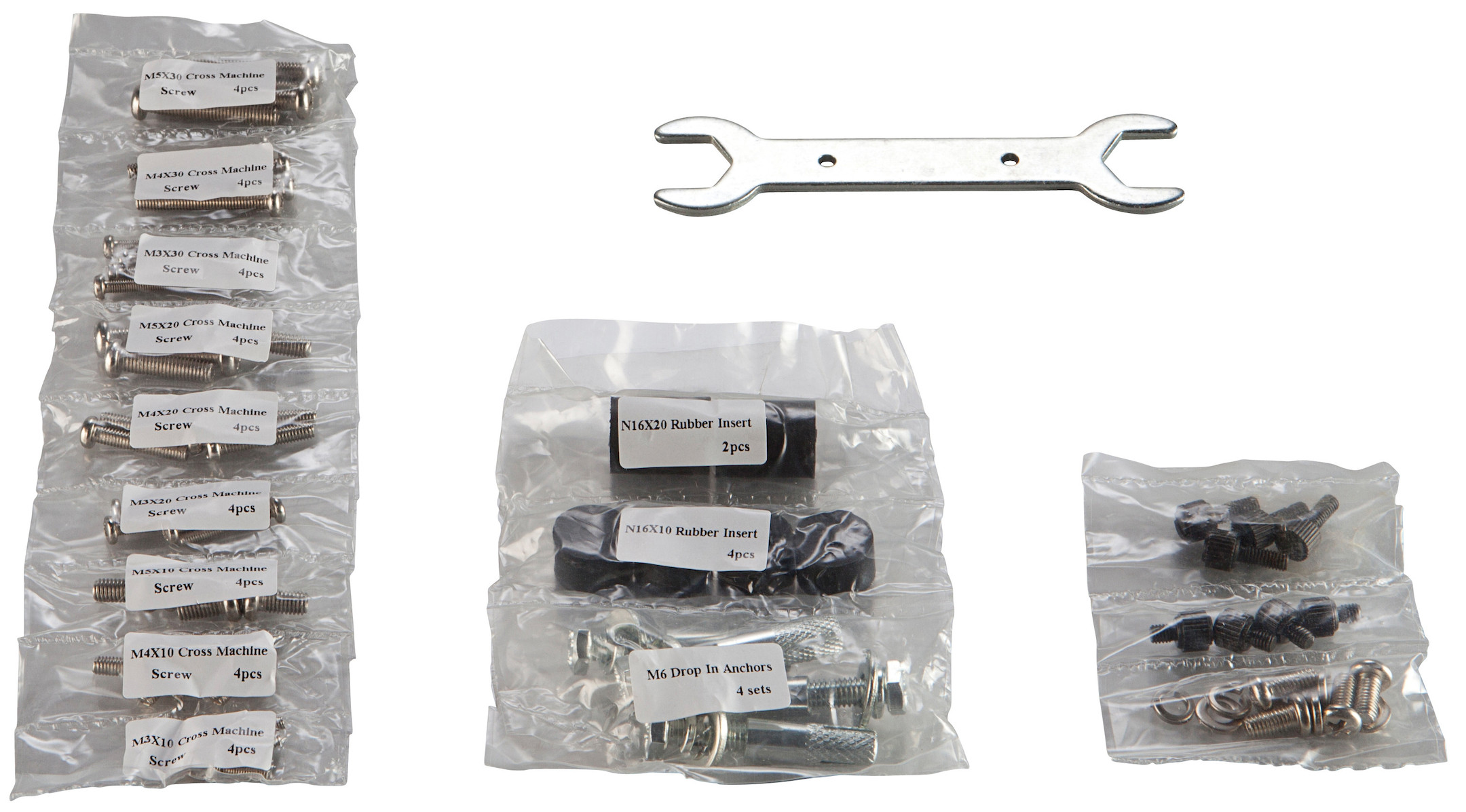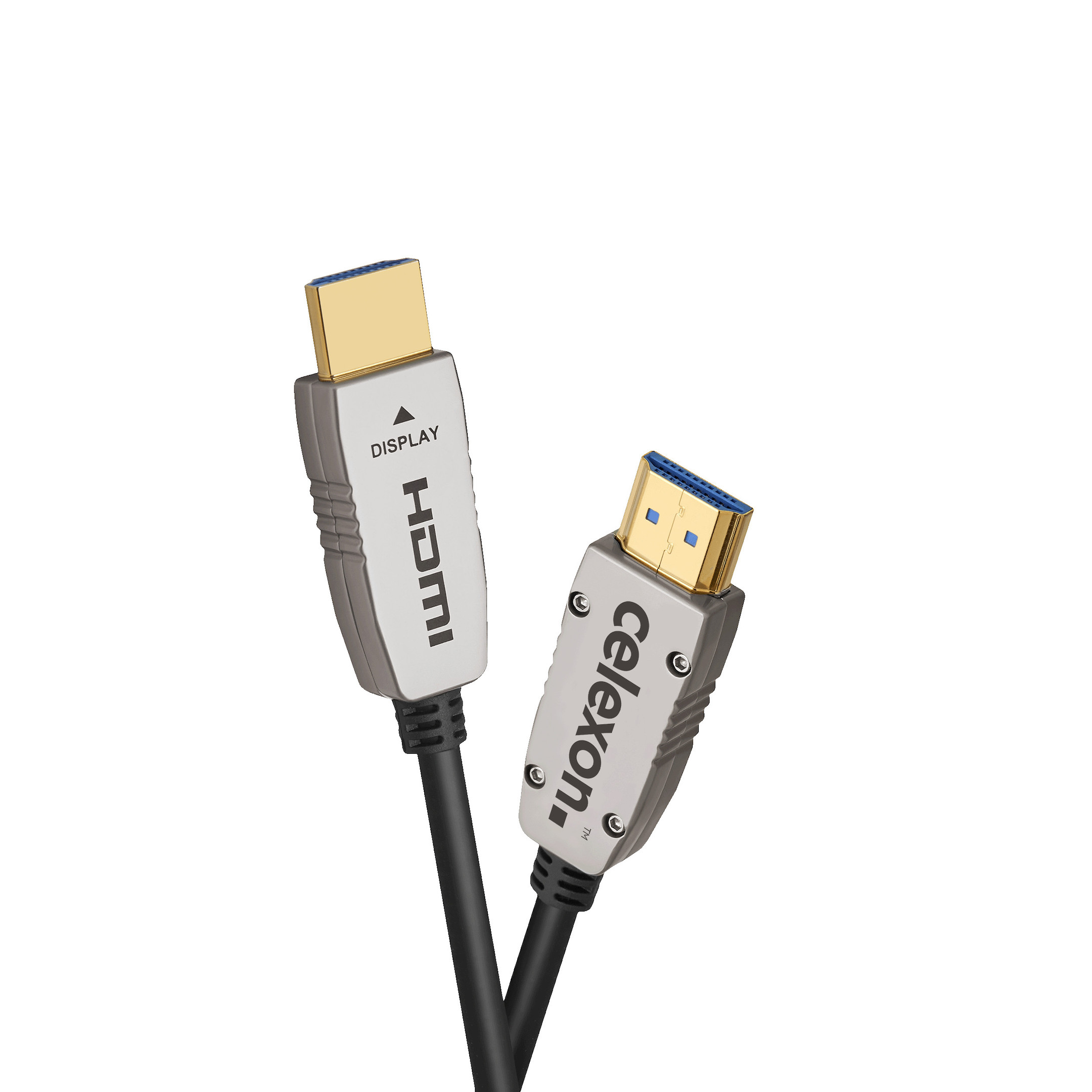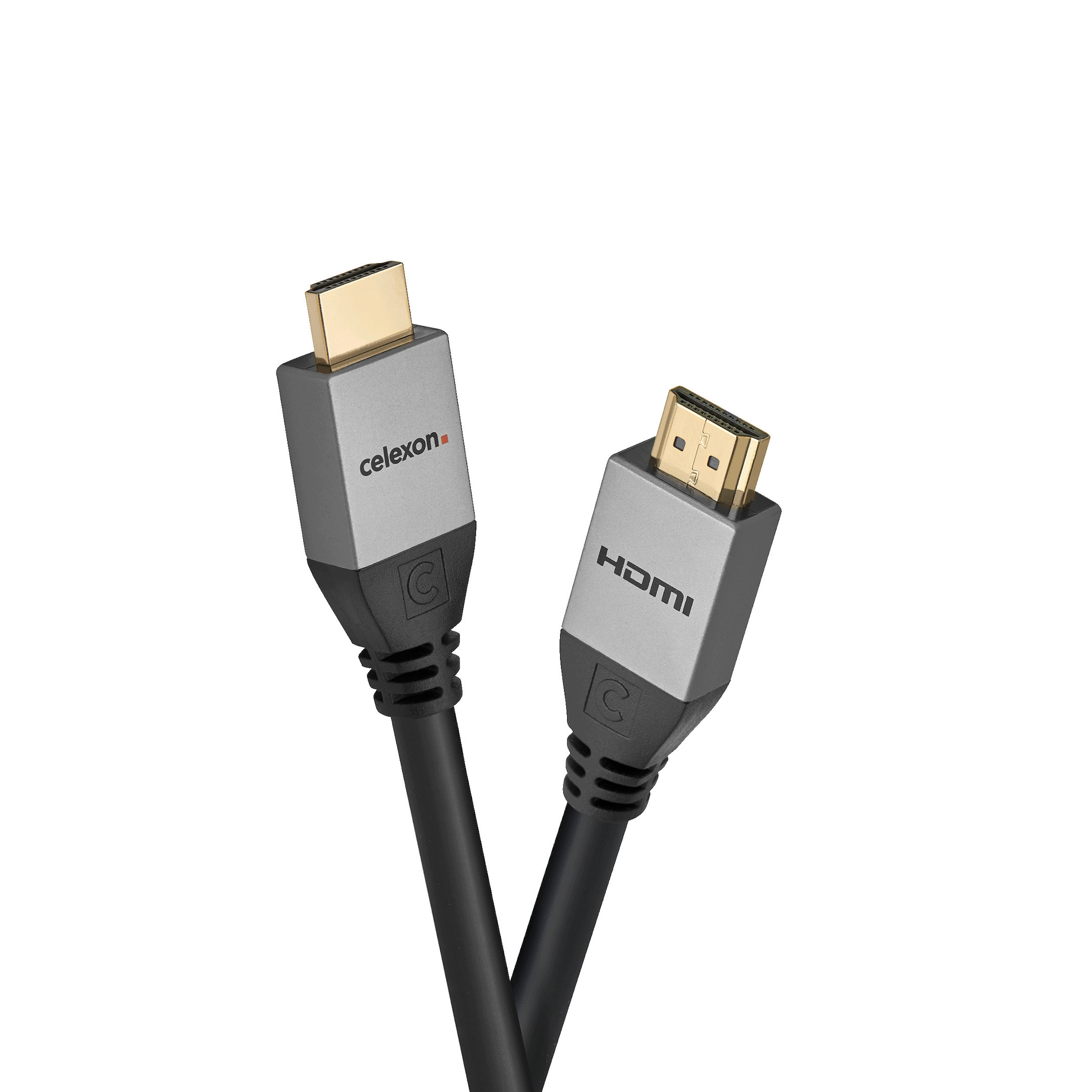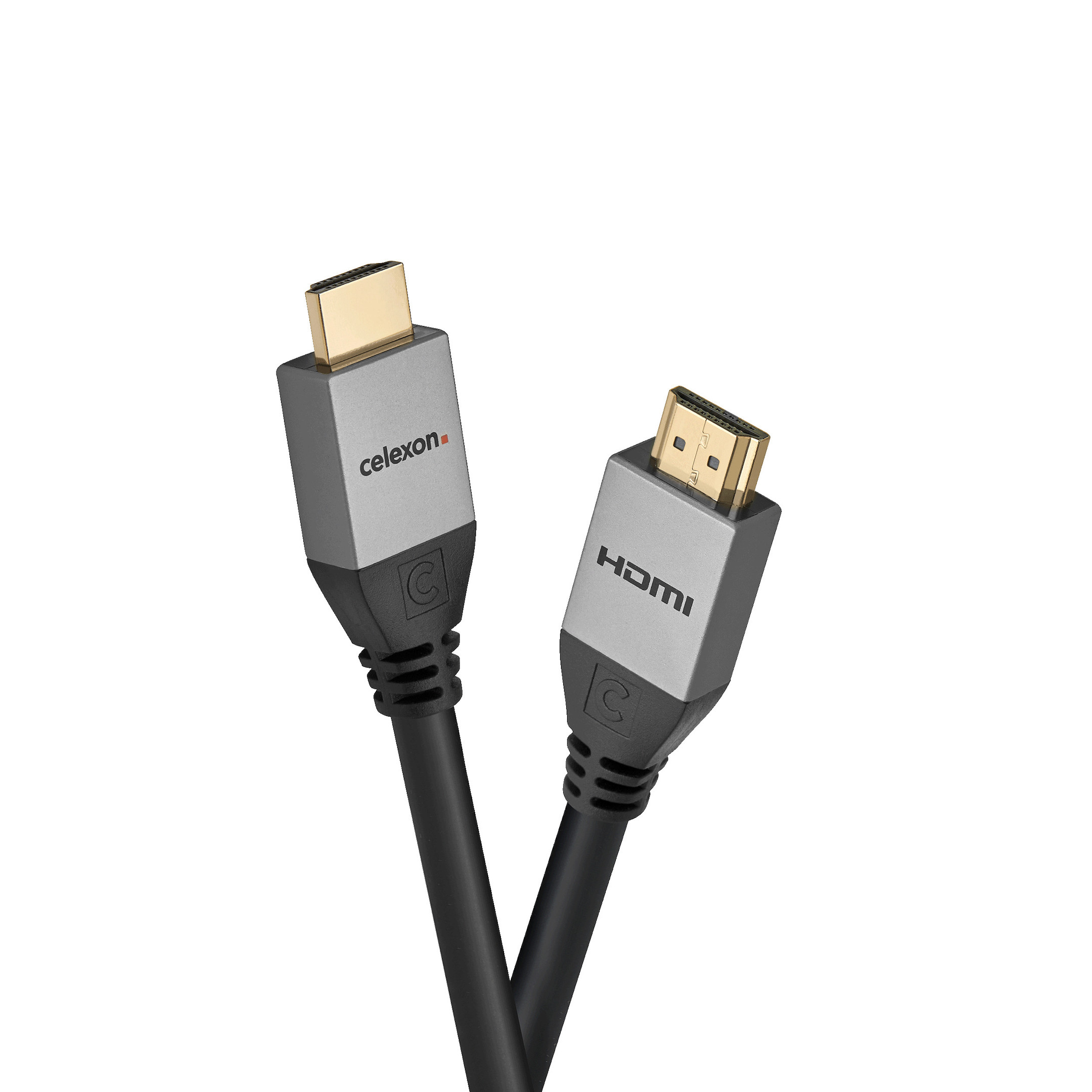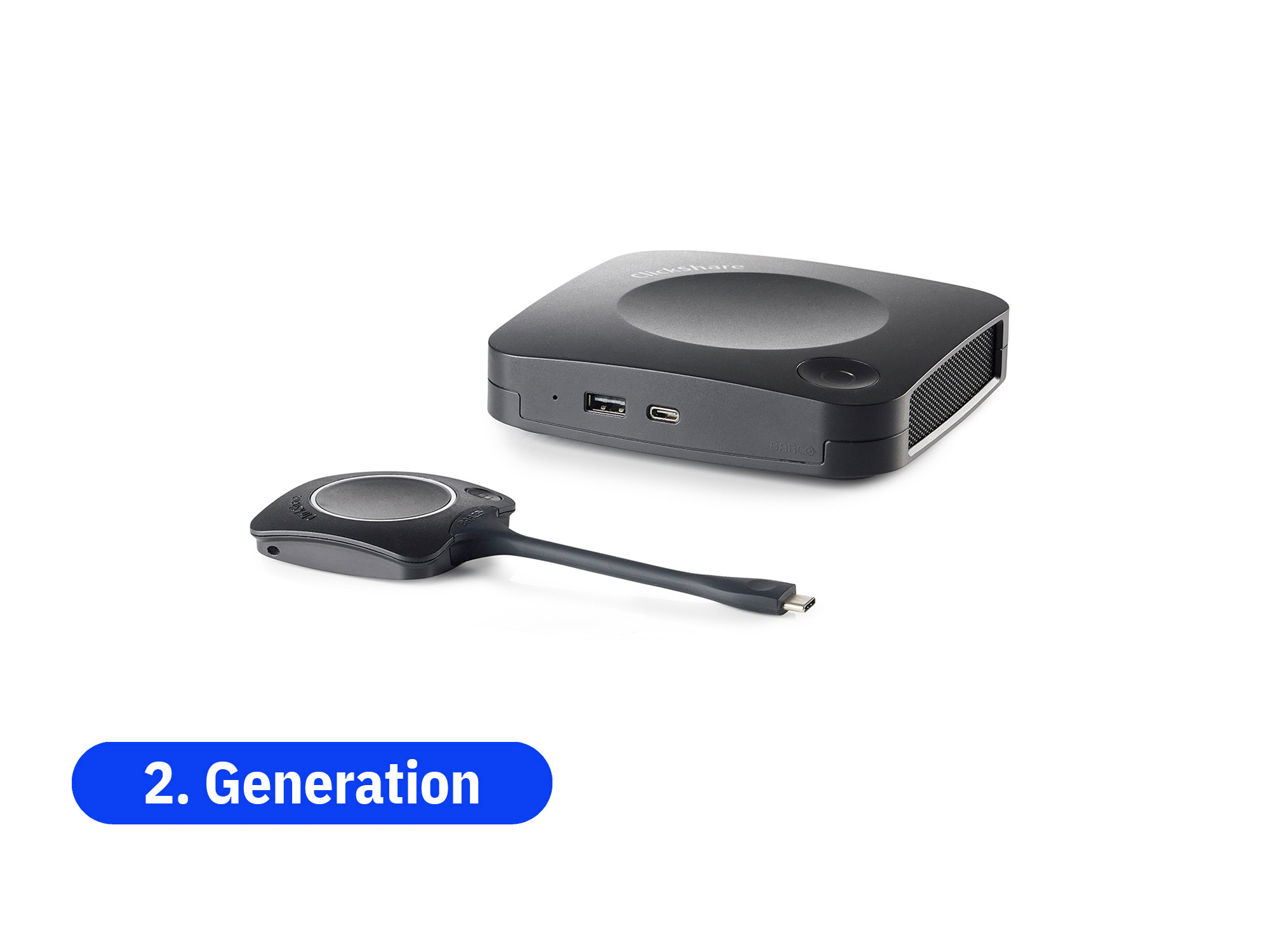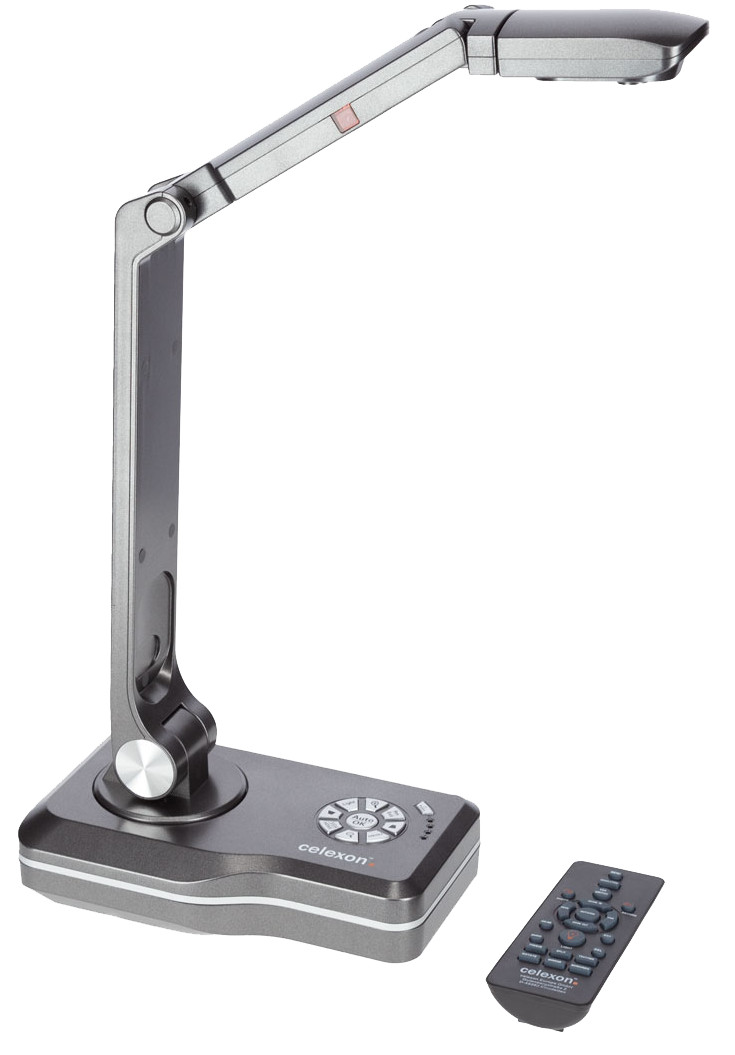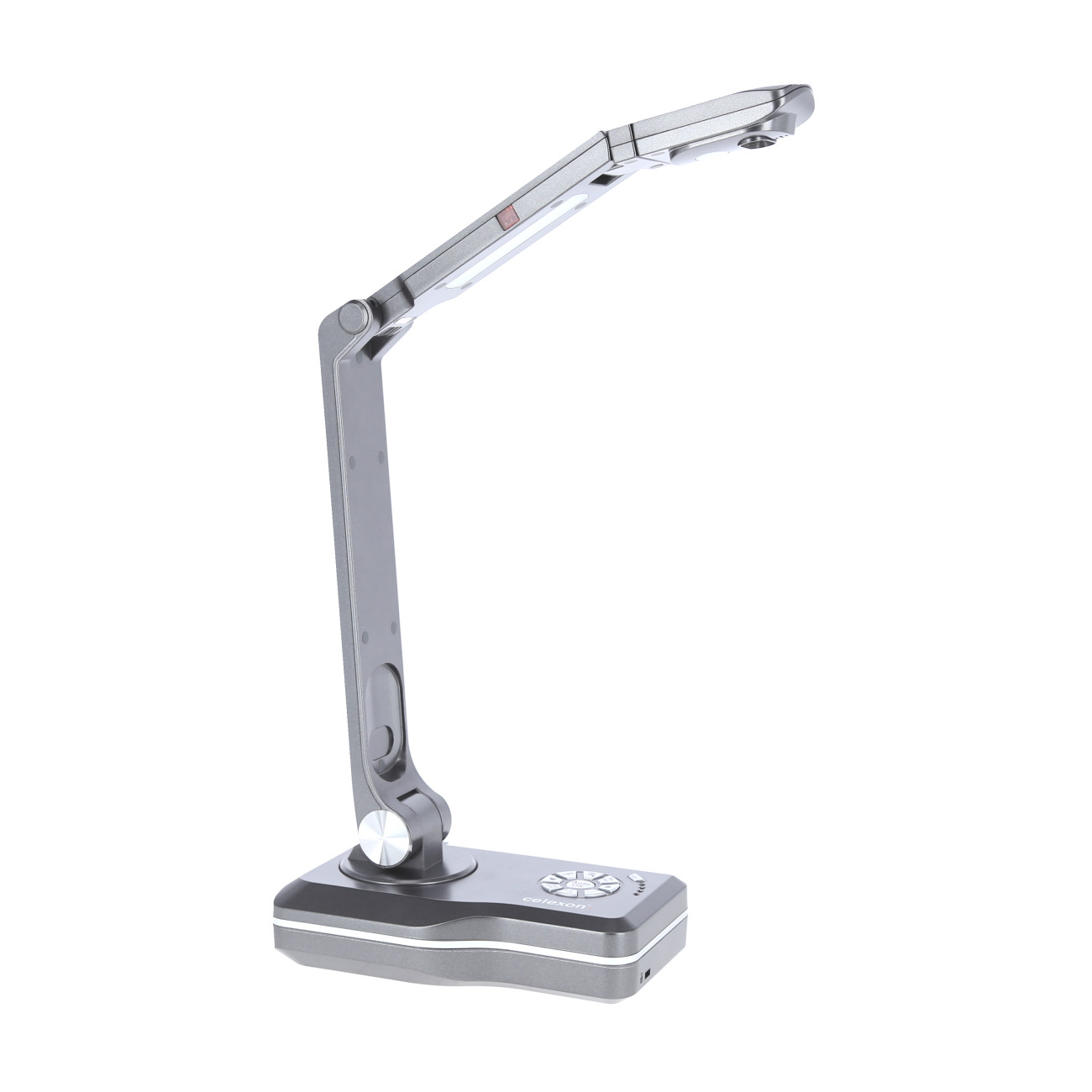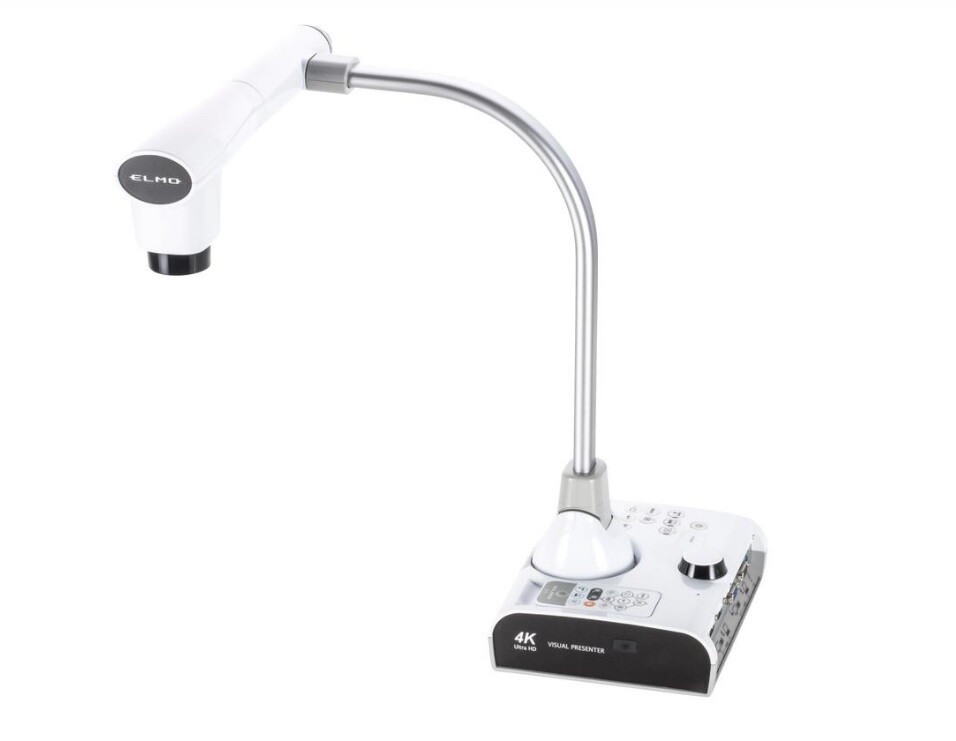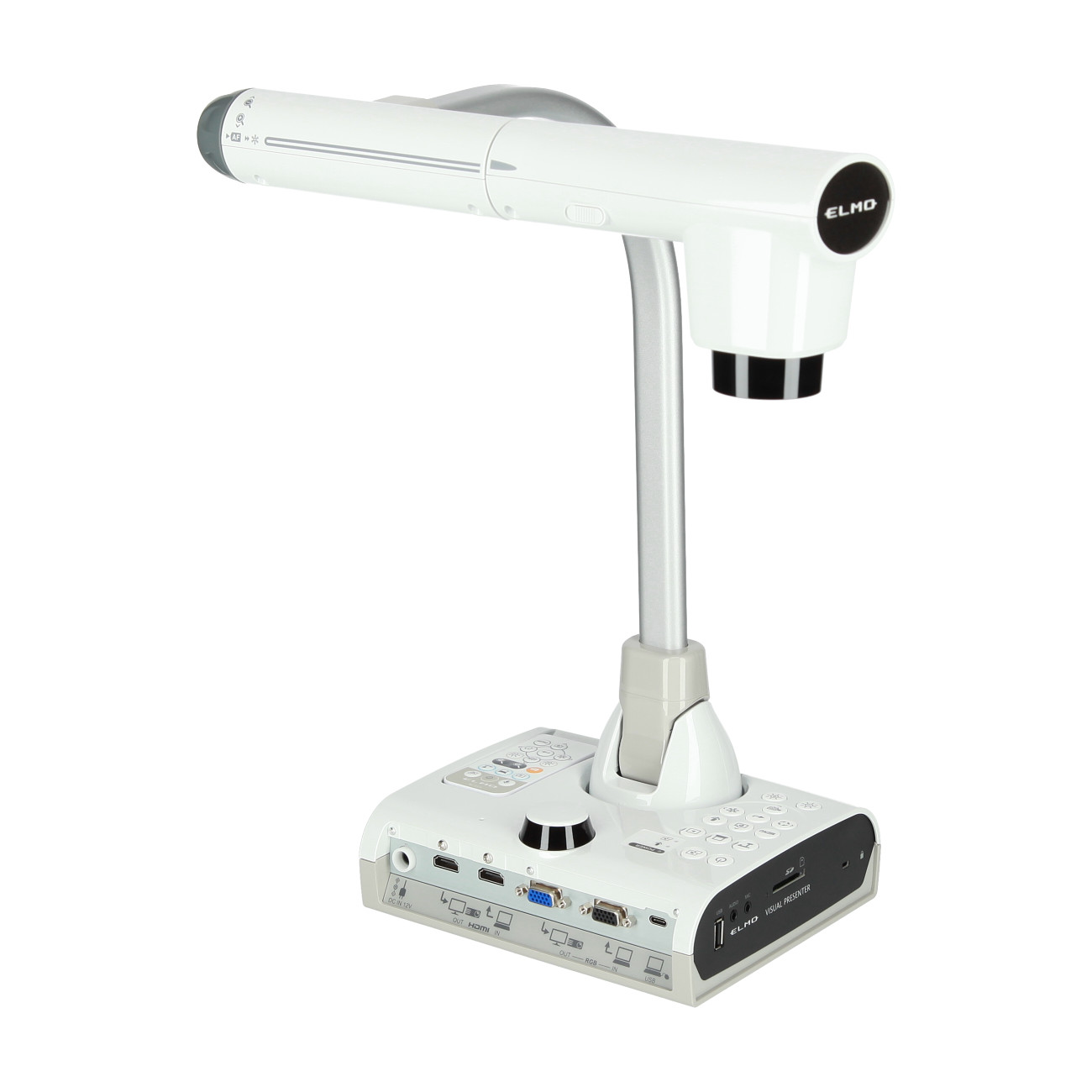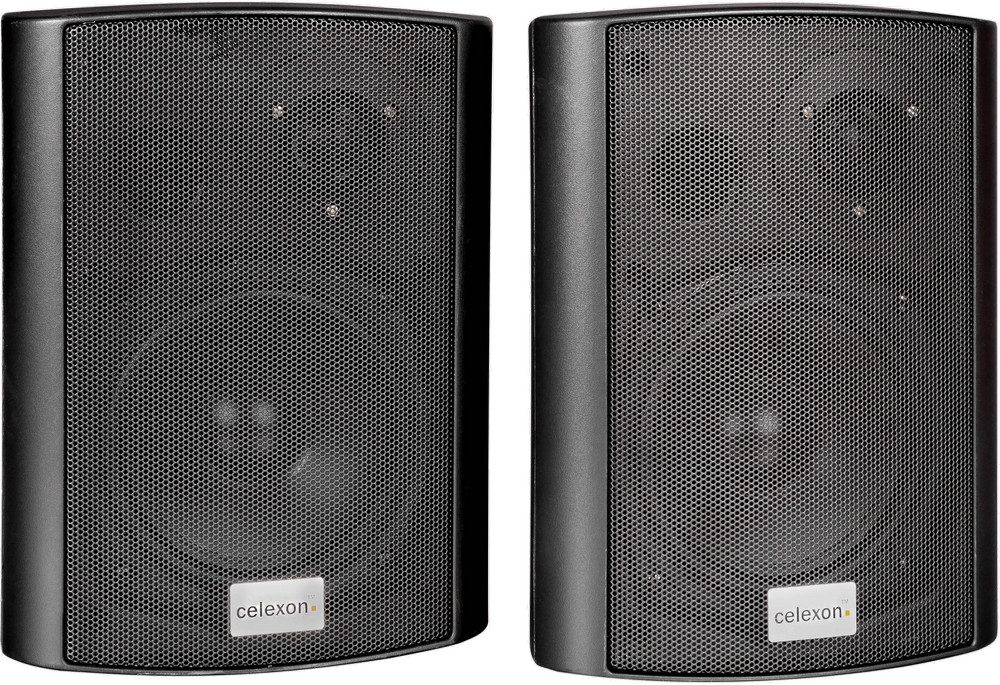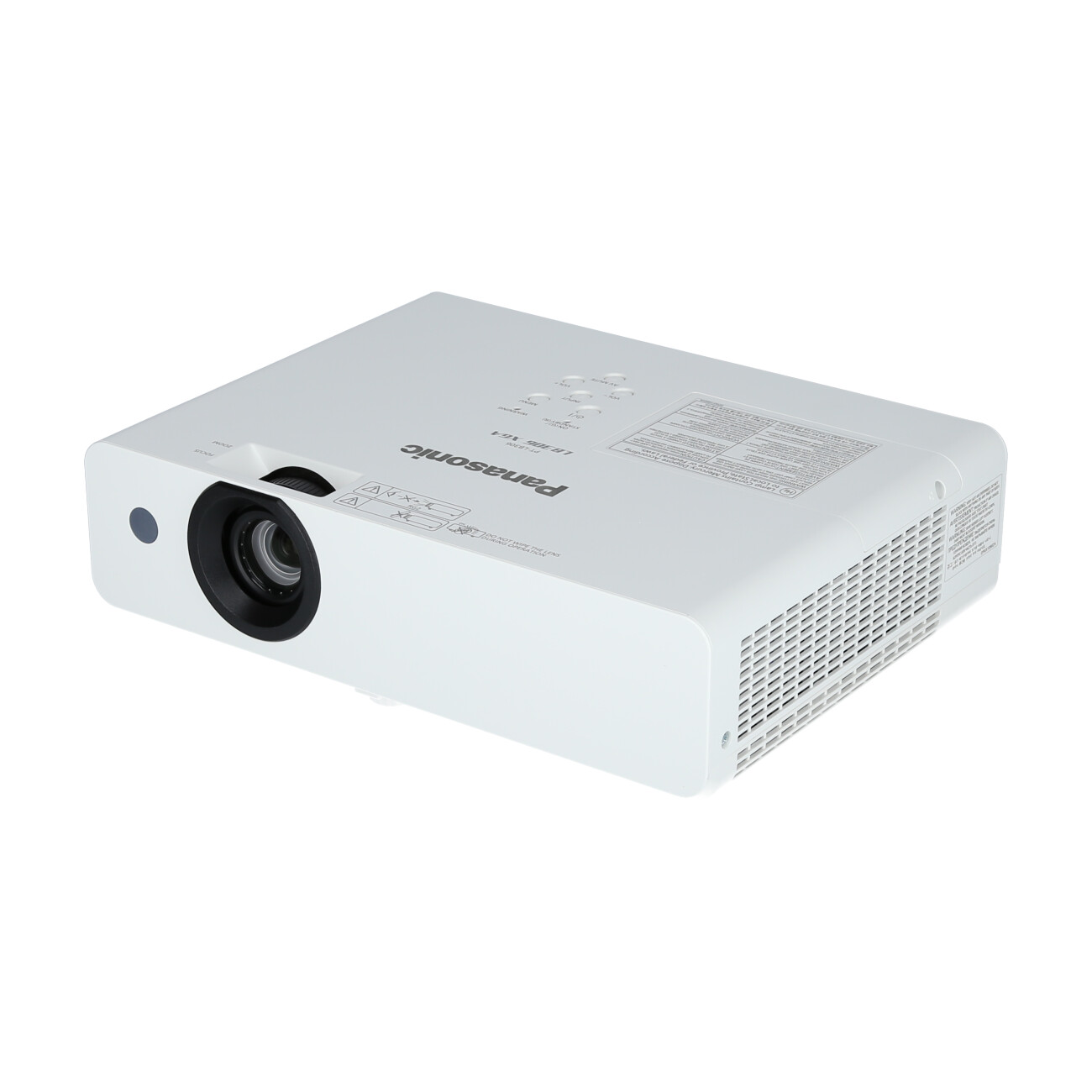







































£699.00*
- Light Brightness 3,100 Lumen
- Resolution 1024 x 768 XGA
- Aspect Ratio 4:3
- Operating noise 38 dB


Frequently purchased together
Product information
Ease Wireless Projection by Optional Modul
Simply inserting the optional ET-WML100 Wireless Module into the USB port on the projector enables easy wireless projection from Windows PCs, iOS devices, or Android devices on which the proper freeware is installed.
Presenter Light for Windows® PCs
Pictures, videos, and any documents including PDF files/Power Point files, whatever are displayed on the PC screen can be projected.
The images from up to four PCs can be projected simultaneously.
VueMagic™ Pro* for iOS/Android Devices
Pictures, some documents including PDF files can be projected.
Live camera mode / Annotate mode can be used.
The images from up to four devices can be projected simultaneously.
* VueMagic™ Pro is a product of Pixelworks, Inc. For detailed information, refer to the following website.
Memory Viewer Function
In addition to JPEG/BMP image and text files, PDF files can be projected by simply inserting a USB memory device containing the data into the USB memory port. Now you can start your presentation without having to connect to a computer.
USB Display Function for Easy Projection Using a USB Cable
USB Display outputs images and sounds from the computer without the need to install any software.
Simply connect* to the USB port with a single USB cable and start your presentation.
*The first time a USB cable is connected, a USB driver must be installed.
Equipped with an HDMI Input Terminal and Abundant Interfaces
Extensive interfaces include an HDMI input terminal, 2 sets of computer (RGB) input terminals, a monitor (RGB) output terminal, a wired LAN terminal, and a serial (RS-232C) terminal for external control.
These features support a wide range of system architectures for portable or ceiling-mounted use.
A Wide Variety of Functions for Easy Setup
Auto Input Signal Search
The Auto Input Signal Search function automatically detects the input signal and selects the input channel based on the signal.
This function lets you start a presentation without any complicated setup required.
Real-Time Keystone Correction
With Real-Time Keystone Correction, the projector automatically senses if you adjust its angle (in the vertical direction) during operation and instantly makes whatever keystone correction is necessary for optimal viewing.
Color-board and Blackboard (Green) modes
Color-board and Blackboard (Green) modes adjust the colors to provide high-quality projection possible in rooms that don’t have a screen.
10-Watt Speaker Enables Audio Playback Directly from the Projector
These portable projectors feature high-output 10-watt speaker that produces a high sound volume without requiring external speakers.
Other Features
Direct Power Off right after use Projector identification system for remote control allocation of up to six projectors
Built-in closed caption decoder.
Excellent Performance in a Compact Body
High Brightness and High Contrast in a Lightweight Body
A brightness level ranging from 3,100 lm* to 4,100 lm* and contrast ratio of 16,000:1 have been achieved in a compact lightweight body. Clear and bright images enhance the learning and working experience.
*Brightness ratings for models in the PT-LB426 Series are as follows: PT-LB426 (4,100 lm), PT-LB386 (3,800 lm), PT-LB356 (3,300 lm), PT-LW376 (3,600 lm), and PT-LW336 (3,100 lm),PT-LB306 (3,100 lm)
A Maximum 10,000-hour *1 Lamp Replacement Cycle and 10,000-hour *2 Air Filter Replacement Cycle
The PT-LB426 Series has a maximum lamp replacement cycle of 20,000 hours.*1 The air filter also has a replacement cycle of 10,000 hours.*2 This reduces maintenance hassles for long periods of use, and helps to lower maintenance costs and reduce environmental impact.
*1 This is the maximum value when the lamp power is set to Eco2. The usage environment affects the lamp replacement cycle. *2 The usage environment affects the duration of the filter.
Daylight View Lite
The Daylight View Lite function can be activated from the remote control for easy and comfortable viewing during presentations and lectures in a bright room.
Ease of Installation
Corner Keystone Correction Enables Angeld Projection
All you need to do is designate for points as the corner of the projected image, and this function easily carries out horizontal and vertical keystone correction.
Easy Remote Monitoring and Control over a LAN
Web browser on a computer connected through a wired LAN system lets you remotely operate projectors and check their status.In addition, Multi Monitoring and Control Software is available for monitoring and controlling multiple Panasonic projectors from a single PC.The wired LAN terminal is compatible with PJLink™ (class1), an open protocol that is used by many manufacturers, to enable integrated control of systems that contain different brands of projectors.
1.2x Zoom Lens Allows Flexible Installation
The PT-LB426 Series includes a 1.2x zoom lens to support a wide range of projection throw-distances. This is useful when presenting in rooms of different sizes.
Easy Lamp and Air Filter Replacement Simplifies Maintenance
For easier maintenance, you can replace the lamp from the top and the air filter from the side, even after the projector is installed on the ceiling. This eliminates the need to detach the projector from its mounting bracket in ceiling-mounted applications.
Technical data
| Name | Panasonic PT-LB306 Projector, 1024 x 768 XGA, 3100 Lumen |
|---|---|
| Article number | 1000013585 |
| GTIN/EAN | 5025232936090 |
| Manufacturer SKU | 1000013585 |
| Lamp life (ECO) | 20,000 Hour |
| Lens included | Yes |
| Model name | PT-LB306 |
| Brand | Panasonic |
| Product Type | Projector |
| Product Series | Panasonic L Series |
| Application | Business projector , Education projectors , Entry level projector |
| Projector Type | LCD |
| Projector lamp type | Lamp |
| ANSI Lumen | 3,100 ANSI Lumen |
| Resolution | 1024 x 768 XGA |
| Aspect Ratio | 4:3 |
| Contrast Ratio | 16,000 :1 |
| Operating noise | 38 dB |
| Operating noise - ECO | 30 dB |
| Lamp life | 10,000 Hour |
| Minimum Projection Distance | 200 cm |
| Maximum Projection Distance | 400 cm |
| Minimum Projection Ratio | 1.47 |
| Maximum Projection Ratio | 1.77 |
| Vertical Keystone | 30% |
| Inputs | 1x Cinch-Video , 1x HDMI , 1x USB-B , 1x VGA |
| wireless technology | WLAN optional |
| Features | Integrated speaker , Lens motorised |
| Product width | 33.5 cm |
| Product height | 9.65 cm |
| Product depth | 25.2 cm |
| Weight | 2.8 kg |
| Colour | White |
| Delivery contents | Remote control |
| Condition | New |
| Warranty | 24 Month |
| Warranty type | Bringin service Service and support information |
Downloads
Projection distance calculator
Contact our experts for help!
Image size:
Format
Format
Product safety
| Person responsible for the EU |
|---|
| Panasonic Deutschland |
| Winsbergring 15 |
| 22525 Hamburg |
| Germany |
| panasonic.de@eu.panasonic.com |




